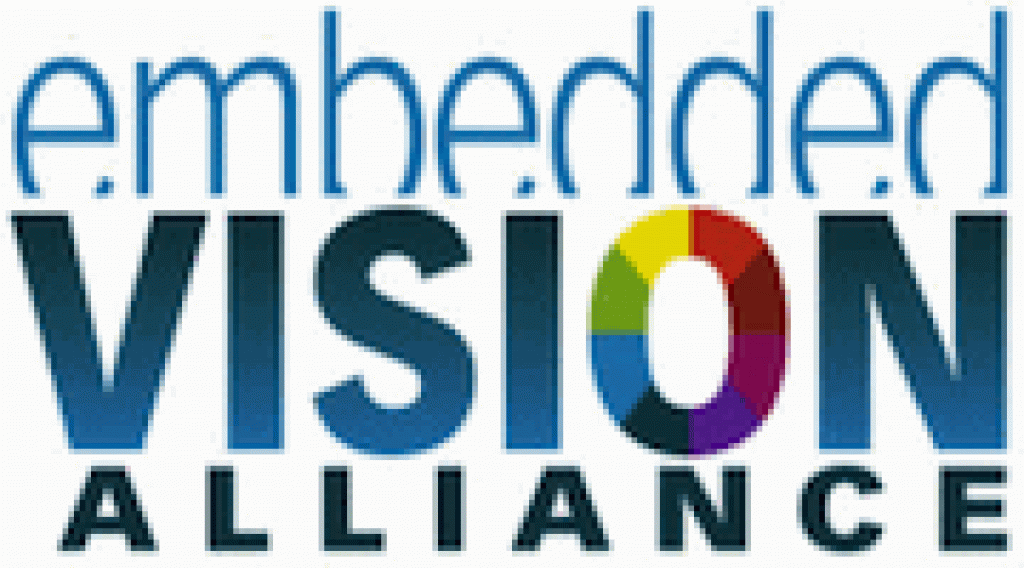In this edition of Embedded Vision Insights:
- OpenCL on FPGAs for Deep Learning and Other Applications
- Histogram of Oriented Gradients Implementations
- Heterogeneous Computing Terms Explained
- Embedded Vision in the News
| LETTER FROM THE EDITOR |
|
The final set of technical presentations from this year's Embedded Vision Summit is now on the Alliance website; I'd like to take this opportunity to tell you a bit about each of them. In "Enabling the Factory of the Future with Embedded Vision," Andy Chang, Senior Manager of Academic Research at National Instruments, explores how vision can be used to enable advanced manufacturing capabilities such as high-speed automated inspection and sorting, vision-guided robots that adapt to changing situations and collaborate safely with humans, and augmented reality to guide and assist human workers. Herman Yau, Co-Founder and CEO of Tend, used his "Vision-as-a-Service: Democratization of Vision for Consumers and Businesses" talk to explain the architecture and business model behind VaaS, show how it is being deployed in a wide range of real-world use cases, and highlight some of the key challenges for VaaS and how they can be overcome. And in "Bringing New Capabilities to Users and Industries with Mobile 3D Vision," VanGogh Imaging's President Ken Lee explains how 3D vision differs from traditional approaches, highlights techniques that make 3D vision feasible in mobile devices, and shows how this technology is being used today to change industries. I'd also like to alert you to two recently published technical articles on the Alliance website. "OpenCL Streamlines FPGA Acceleration of Computer Vision" is a programmable logic-focused follow-on to the previously published overview article "OpenCL Eases Development of Computer Vision Software for Heterogeneous Processors." Co-author companies Altera, Auviz Systems, and Xilinx explore implementation topics related to the OpenCL framework, which enables the rapid and efficient development of programs that execute across programmable logic fabric and other heterogeneous processing elements. And Auviz delves even further into OpenCL and FPGAs, specifically as they relate to various "deep learning" applications, in its article "Accelerating Machine Learning: Implementing Deep Neural Networks on FPGAs." I'll wrap up by telling you about two upcoming industry events that will undoubtedly be of interest to you. The Linley Group has extended a free-admission invitation for the Embedded Vision Alliance community to attend the automotive panel and embedded vision session at the October 7 Linley Processor Conference, which will be held at the Hyatt Regency in Santa Clara, California. Online registration ends September 30; to take advantage of this offer, please add a comment in the "Additional Information" box at the bottom of the registration form, noting that you are a "Guest of the Embedded Vision Alliance." In addition, the Boston Imaging and Vision group's next meeting in Cambridge, Massachusetts, taking place on October 27, will focus on deep learning for vision processing. Thanks as always for your support of the Embedded Vision Alliance, and for your interest in and contributions to embedded vision technologies, products and applications. If you have an idea as to how the Alliance can better service your needs, please contact me. Brian Dipert |
| FEATURED VIDEOS |
|
"Implementing Histogram of Oriented Gradients on a Parallel Vision Processor," a Presentation from videantis
CEVA Demonstration of a People-Detection Algorithm
|
| FEATURED ARTICLES |
|
The Complete Glossary to Heterogeneous Compute
Facial Recognition Market Worth $6.19 Billion by 2020
|
| FEATURED NEWS |
|
Freescale Accelerates Its Solutions for Crashless and Autonomous Vehicles with the Acquisition of CogniVue Kostal and Infineon Equip the Car with 6th Sense for Increased Traffic Safety Xilinx and Aquantia Extend Capabilities of Existing Copper Cabling Infrastructure for Data Center, Mobile, Enterprise and Video Applications
|







